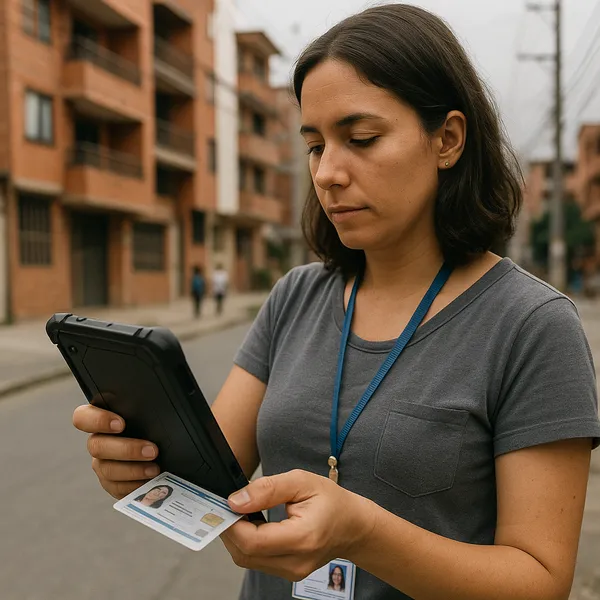Bridging the Institutional Memory Gap: Longitudinal Data in Sovereign Reform
Published on: Fri Feb 10 2023 by Ivar Strand
There is a broad and long-standing consensus within the international development community on the necessity of long-term institutional strengthening. Yet, a review of aid portfolios in many fragile states reveals a persistent bias towards short-term, direct-delivery projects that often bypass the very national systems we claim to be building.
This is not a failure of policy. It is, in our analysis, a rational response to a structural incentive problem that exists within many donor agencies: a short institutional memory horizon. A long-term, independent monitoring function, however, can provide the longitudinal data required to bridge this memory gap and create a more robust evidence base for strategic, long-term investment.
The Structural Incentive for Short-Termism
Donor and diplomatic personnel are typically posted to a country for a period of two to four years. The professional incentives within this cycle rationally favor projects that can demonstrate tangible, attributable results within that timeframe. A direct-delivery humanitarian project that provides food to a specific number of beneficiaries offers a clear, reportable success metric that can be achieved quickly.
By contrast, the work of genuine institutional capacity building is a slow, complex, and often politically fraught process. Its results are incremental, non-linear, and may only become fully apparent over a five- to ten-year horizon, long after the official who initiated the reform has moved to their next posting. Given this reality, a rational, career-oriented official may be hesitant to invest their limited time and political capital in a long-term project whose success they will not be present to witness.
The Consequence: A Persistent Institutional Memory Gap
This cycle of staff rotation creates a persistent “institutional memory gap.” With each new arrival of personnel, the deep, contextual knowledge of past reform efforts—including the reasons for their failure—is often fragmented or lost.
More importantly, the cumulative, multi-year costs of relying on short-term, parallel “bypass” systems are not systematically tracked over time. A new decision-maker sees the immediate, visible risk of engaging with a weak government ministry and the immediate, visible benefit of contracting an international NGO to run a parallel service. The full, five-year cost of that parallel system, and the opportunity cost of not having invested in the national alternative, is often not readily available.
This creates a path dependency on direct aid delivery, not because it is the superior long-term strategy, but because the evidence base required to justify the more difficult, long-term strategy is continuously being reset to zero.
The Monitor as a Source of Longitudinal Memory
An independent monitoring agent with a sustained, long-term presence in a country is uniquely positioned to address this institutional memory gap. In this role, our function evolves beyond the verification of discrete, short-term projects. We become the impartial custodians of a long-term, longitudinal dataset on institutional performance.
This provides our clients with several distinct advantages:
- We Can Quantify the Cumulative Cost of Inaction. By tracking program expenditures over many years, we can systematically quantify the total, multi-year cost of maintaining parallel humanitarian or development systems. This provides a clear, evidence-based financial argument for making the transition to investing in more sustainable national alternatives.
- We Can Measure and Visualize Incremental Progress. The progress of institutional reform is rarely a straight line. By collecting consistent performance data on a government ministry over a five- or ten-year period, we can provide objective evidence of gradual, often non-linear, improvements in capacity. This data, as shown in a conceptual Exhibit A, can demonstrate that the long-term investment, while slow, is yielding a measurable return.
- We Can Provide Evidence-Based Context for New Decision-Makers. Upon the arrival of new donor staff, we can provide a detailed and objective briefing on the history of a specific reform process. By grounding this briefing in a consistent, longitudinal dataset, we can ensure that new strategic decisions are built upon the empirical lessons of the past, not just on anecdote.
Conclusion: Enabling Strategic Patience
Making difficult but correct long-term strategic investments requires a long-term evidence base. The structural realities of personnel rotation within donor agencies make it difficult for them to maintain this institutional memory on their own.
The independent monitor can fill this critical function. By providing the objective, longitudinal data and the consistent analytical presence, we can create the conditions for “strategic patience.” We make the long-term costs and benefits of different aid modalities visible, allowing our clients to make and defend the necessary investments in the sustainable, national systems that are the only true exit from aid dependency.



